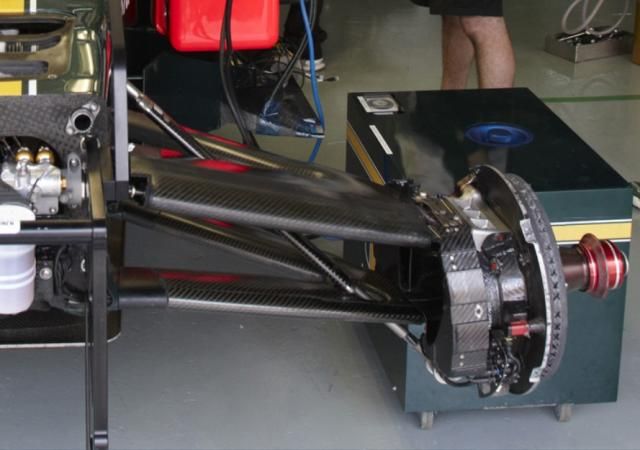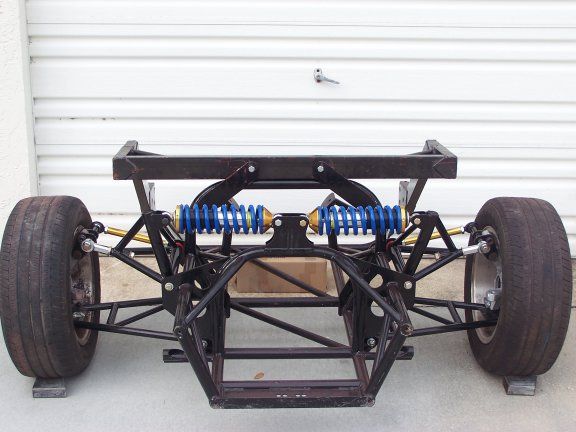It is necessary to separate the suspension mechanical links from the spring and
shock. The mechanical links determine the suspension geometry and attach the
wheel assembly to the car. The spring and shock support the weight of the car,
allow the wheel assembly to move as designed, and dampen oscillation.
The orientation and placement of the shock and spring is immaterial. So long
as the required forces can be transferred to the mechanical links, the suspension
will work. Consider the Britten motorcycle where the spring and shock are
located in front of the engine, and the forces are transmitted to the swingarm
by a rocker and tension link.

Manufacturers put the spring and shock in the location that best suits their
packaging and manufacturing goals i.e. where it will fit and at the lowest cost.
The MacPherson strut is a somewhat special case, inasmuch as the strut forms
one of the mechanical links. However, if the strut was changed to a simple
mechanical slider, the spring and shock could both be located elsewhere. But
this would not have met the manufacturers goals.

Custom built and performance vehicles are able to be more creative in where
they place their shocks. F1 cars put theirs onboard to reduce drag. Monster
trucks put theirs outboard for cooling and ease of replacement. Installing shocks
on an angle as shown above, means that stiffer shocks and springs are required.
Resolving the forces will show that large part of the spring force acts to try and
push the wheel assemble away from the body of the car.
Supercar makers will use the best performance layout that they can squeeze
into the car regardless of cost. Here is something from a Lambo...

Hope this all helps

Cheers... jondee86














